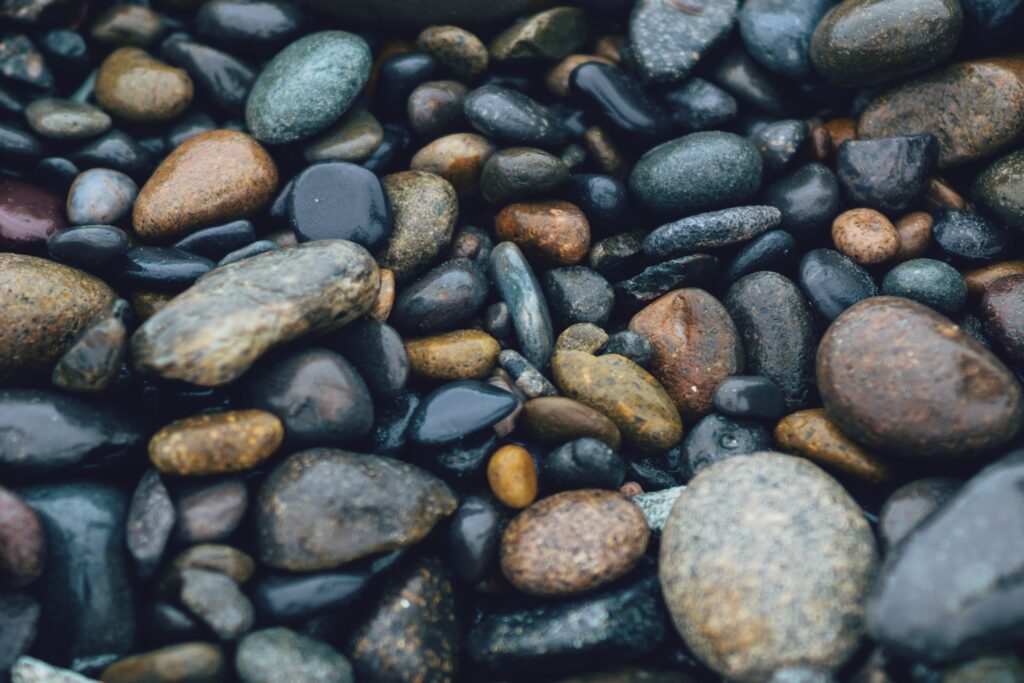Did you know that there are three different types of rocks? Igneous, sedimentary, and metamorphic rocks each have their own characteristics and formations. Here we will explore the differences between these three types of rocks. Stay tuned!
The Three Different Types of Rocks
Igneous Rocks
Igneous rocks are rocks that have been formed by the solidification of molten magma. The magma can be derived from either the earth’s mantle or from a volcanogenic zone, and it is typically rich in iron, magnesium, and silicon.
When the magma solidifies, it forms crystals that can be either small or large. The size and shape of the crystals depend on the cooling rate of the magma. Igneous rocks are classified according to their mode of formation, which can be either intrusive (plutonic) or extrusive (volcanic).
Intrusive igneous rocks have a slow cooling history and typically have large crystals. In contrast, extrusive igneous rocks have a fast cooling history and often have small crystals.
The most common type of igneous rock is granite, which is an intrusive igneous rock that is composed of quartz, feldspar, and mica.
Sedimentary Rocks
Sedimentary rocks are some of the most common rocks on Earth. They form at the surface, where they are deposited by wind, water, or ice. Over time, the sediments are compacted and cemented together to form a rock.
Sedimentary rocks are classified according to their origin. There are three main types: clastic, biochemical, and organic. Clastic sedimentary rocks are made of fragments of other rocks that have been weathered and eroded. Biochemical sedimentary rocks form from the remains of plants and animals.
Organic sedimentary rocks form from the remains of plants and animals that have been carried to the bottom of a lake or ocean by currents. These remains are then fossilized over time to form a rock.
Sedimentary rocks are important because they contain many fossils. These fossils can tell us about the history of life on Earth and the changes that have taken place over time.
Metamorphic Rocks
Metamorphic rocks are rocks that have been changed by heat, pressure, or other natural forces. They can be found in every corner of the Earth, from the tallest mountains to the deepest ocean floors.
The term “metamorphic” comes from the Greek word “meta,” meaning “change,” and “morph,” meaning “form.” Metamorphic rocks are classified according to how they were formed.
The three main types are foliated, non-foliated, and water-changed. Foliation occurs when rocks are squeezed and sheared, causing them to form layers. Non-foliation happens when rocks are changed by heat and pressure but not sheared.
Water-changed metamorphic rocks are those that have been altered by the presence of water. The most common examples of metamorphic rocks are slate, marble, and quartzite. However, almost any type of rock can be transformed into a metamorphic rock under the right conditions.
How to Identify Metamorphic, Sedimentary or Igneous Rocks
There are several ways to tell these types of rocks apart. Igneous rocks usually have a smooth texture, while sedimentary rocks are usually rough.
Metamorphic rocks can have either a smooth or a rough texture, depending on how they were formed. Igneous and sedimentary rocks are usually found in layers, while metamorphic rocks are often found in folded or warped shapes.
Finally, igneous rocks typically have visible crystals, while sedimentary and metamorphic rocks do not. By using these simple guidelines, you can easily identify the type of rock you are dealing with.

